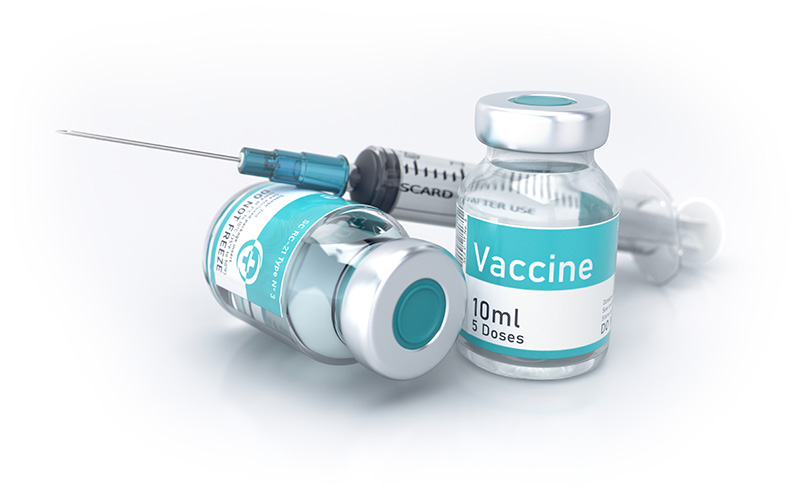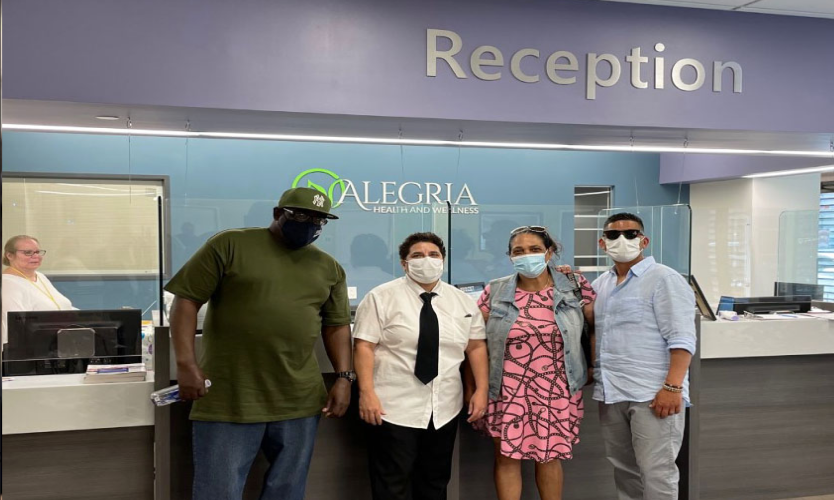Osteoporosis, a condition characterized by weakened and fragile bones, is a prevalent health concern, particularly among aging individuals. Understanding the significance of osteoporosis screening is crucial for early detection, intervention, and preventive measures. In this comprehensive guide, we’ll delve into key facts and insights about osteoporosis screening, covering the basics of osteoporosis, risk factors, screening methods, when to consider screening, and lifestyle interventions for maintaining optimal bone health.
What is Osteoporosis?
Osteoporosis is a medical condition characterized by low bone density and deterioration of bone tissue, leading to fragile and easily fractured bones. Bones affected by osteoporosis lose their density and strength, becoming porous and brittle. This condition often progresses without symptoms until a fracture occurs, making early detection through screening essential.
Risk Factors for Osteoporosis
Understanding the risk factors associated with osteoporosis is crucial for identifying individuals at higher risk and implementing preventive measures. Common risk factors include:
- Age and Gender: The risk of osteoporosis increases with age, and women, especially postmenopausal women, are at a higher risk due to hormonal changes.
- Family History: A family history of osteoporosis or fractures may contribute to an individual’s susceptibility.
- Body Weight: Low body weight or a small frame is associated with lower bone density.
- Hormonal Changes: Hormonal fluctuations, particularly in women during menopause, can accelerate bone loss.
- Nutritional Deficiencies: Inadequate intake of calcium and vitamin D can negatively impact bone health.
- Physical Inactivity: Lack of weight-bearing exercise and sedentary lifestyles can contribute to bone density loss.
The Role of Osteoporosis Screening
The role of osteoporosis screening is crucial in identifying individuals at risk, allowing for early intervention and preventive measures. By assessing bone density and fracture risk, screening empowers both individuals and healthcare professionals to make informed decisions, fostering proactive management and optimal bone health throughout life.
Importance of Early Detection
- Preventing Fractures: Early detection through screening enables preventive measures, reducing the risk of fractures, especially in high-risk individuals.
- Initiating Timely Treatment: Identifying osteoporosis early allows for the initiation of appropriate treatments to slow down bone loss and improve bone density.
- Assessing Fracture Risk: Osteoporosis screening helps assess an individual’s risk for fractures, guiding personalized preventive measures.
Osteoporosis Screening Methods
Understanding the available screening methods is essential for choosing the most suitable approach for individual needs. Two primary methods include:
Dual-Energy X-ray Absorptiometry (DEXA) Scan
- Gold Standard: DEXA scans are considered the gold standard for measuring bone density accurately.
- Low Radiation Exposure: The procedure involves minimal radiation exposure, making it a safe diagnostic tool.
- Site-Specific Measurements: DEXA scans can assess bone density at various sites, including the spine, hip, and forearm.
Quantitative Ultrasound (QUS)
- Non-Invasive Method: QUS is a non-invasive method that uses sound waves to assess bone density.
- Portable Devices: Portable QUS devices allow for convenient screening in various settings.
- Risk Assessment: QUS provides information on bone health and fracture risk, serving as an alternative for individuals who cannot undergo DEXA scans.
When to Consider Osteoporosis Screening
Screening for osteoporosis is recommended in specific populations and situations. Postmenopausal women, men over 50, individuals with a history of fractures, and those on long-term medication impacting bone health should consider osteoporosis screening.
- Postmenopausal Women: Women postmenopause, especially those with additional risk factors, are often recommended for screening.
- Men Over 50: Men over the age of 50, particularly those with specific risk factors, should consider osteoporosis screening.
- Fracture History: Individuals with a history of fractures, especially after minimal trauma, may benefit from screening.
- Long-Term Medication Use: Certain medications, such as glucocorticoids, can increase the risk of osteoporosis, warranting screening.
Lifestyle Interventions for Bone Health
Lifestyle interventions for bone health encompass crucial practices such as maintaining adequate nutrition with sufficient calcium and vitamin D intake, engaging in regular weight-bearing exercises and strength training, avoiding smoking, limiting alcohol consumption, and maintaining a healthy weight. These practices contribute significantly to optimal bone density and overall skeletal well-being.
Adequate Nutrition
- Calcium Intake: Ensure sufficient calcium intake through a balanced diet or supplements.
- Vitamin D: Adequate levels of vitamin D are crucial for calcium absorption and bone health.
Regular Exercise
- Weight-Bearing Exercises: Engage in regular weight-bearing exercises such as walking, jogging, or resistance training.
- Strength Training: Incorporate strength training exercises to improve bone density and muscle strength.
Healthy Lifestyle Choices
- Avoid Smoking: Smoking negatively impacts bone health and can contribute to osteoporosis.
- Limit Alcohol Consumption: Excessive alcohol intake can lead to bone loss, so moderate consumption is advisable.
- Maintain a Healthy Weight: Maintaining a healthy body weight is essential for overall bone health.
Conclusion
Osteoporosis screening is a critical component of proactive healthcare, allowing for early detection and intervention to prevent fractures and improve bone health. Understanding the risk factors, the role of screening methods, and when to consider screening empowers individuals to make informed decisions about their bone health. Lifestyle interventions, including proper nutrition, regular exercise, and healthy choices, play a pivotal role in maintaining optimal bone density throughout life.
How to Connect with Us:
Call us at 1-929-468-9401: Our friendly staff is ready to assist you and answer any questions you may have. Your journey to wellness starts with a simple call!
Hours of Operation:
Monday – Friday: 9:00am – 5:00pm
Visit Our Website: Explore more about our services and easily schedule an appointment online at Alegria Health & Wellness Center. Your convenience is our priority.
Take charge of your health and experience the joy of wellness with Alegria Health & Wellness Center. We look forward to being your partner in achieving a healthier, happier life!







